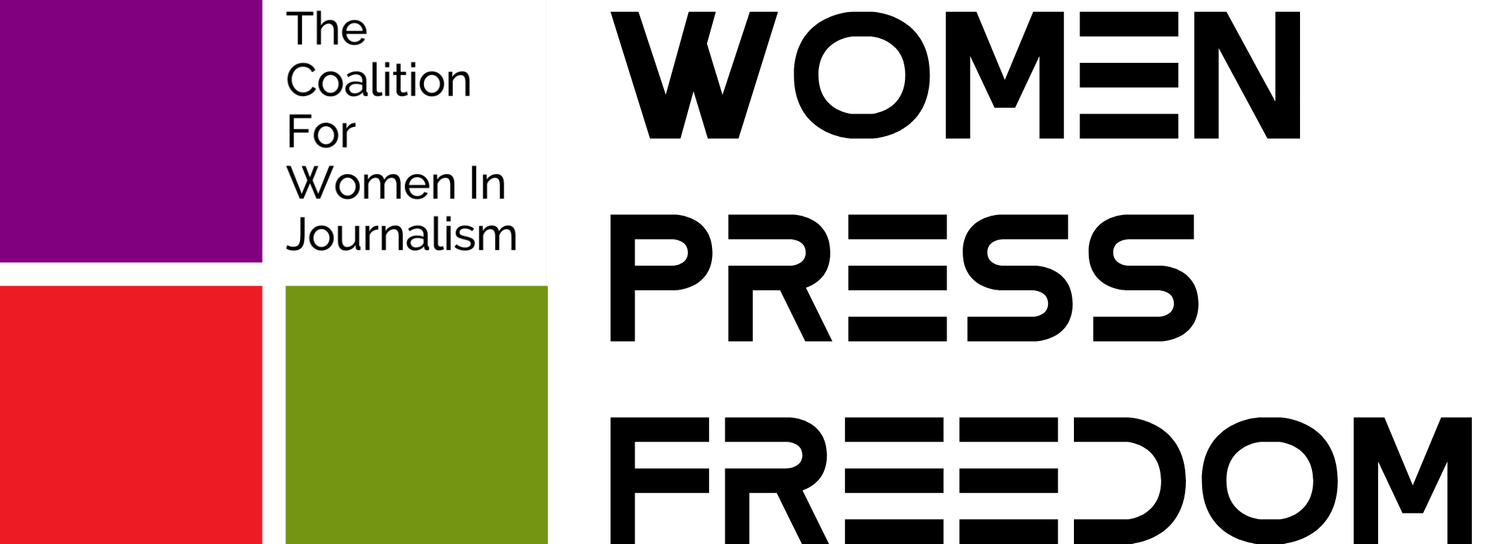Trans Media Guide: How to Ethically and Respectfully Cover Trans and Nonbinary People’s Stories
TGEU releases new guide for journalists, editors, and content creators
TGEU (Transgender Europe) — a trans-led non-profit for the rights and wellbeing of trans people representing 215 member organizations across 50 countries in Europe and Central Asia — released a new guide for journalists, editors, and content creators on how to cover stories about trans and nonbinary people ethically and respectfully.
The Trans Media Guide contains five essential parts:
Practice – a practical guide on how to cover stories about trans and nonbinary people in an ethical and respectful manner. There are also references to reliable sources for verified data and contact information.
Key themes – introductory material into key issues that trans communities are dealing with.
Myth busting – an overview of dangerous myths, particularly focusing on myths that are often enhanced by media based on misinformation. Real facts, based on evidence and data, are provided.
The glossary – key definitions adopted by civil organizations and trans-informed journalists.
Cheat sheet: A quick checklist – a summary of all the recommendations. This can be used separately from the Guide.
Dinah Bons — Co-Chair on TGEU’s Board, a trans politician, a Chair of ESWA, Trans United Europe, part of the Amsterdam-based H team, and an actor and creative strategist for Female Economy — writes in the foreword:
As we unveil this guide, it is essential to situate ourselves in the rich tapestry of human history that has long recognized and celebrated gender diversity. Our modern understanding of gender,
often confined within the binary, stands in stark contrast to the fluid interpretations found across the globe, particularly in indigenous cultures from Oceania to the Americas and Africa.
Pre-colonial histories from these regions paint a diverse landscape of gender identities. For instance, the two-spirit individuals among Indigenous cultures of North America bore witness to gender fluidity and the harmony it brought to their societies.
Similarly, in Oceania, spanning across its numerous islands, narratives of gender diversity have been foundational. The fa’afafine of Samoa stand as a testament to the resilience of nonbinary identities, even in the face of the immense evangelical onslaught that came with colonization.
Yet, colonization and the imposition of Abrahamic religious beliefs led to the suppression of these rich gender diversities. As Gloria Wekker highlights in her seminal work, ‘White Innocence’, the aftereffects of colonial histories and their intersections with gender and sexuality persistently shape contemporary Dutch and, by extension, Western cultures.
The historical erasure was profound, driven by patriarchal constructs, and often enforced through religious or state-sanctioned means.
We cannot ignore the role of the media in this erasure, working as a tool of colonialism then and still guiding views today.
Despite these systemic erasures, the enduring nature of nonbinary identities in indigenous cultures, like the fa’afafine of Samoa, underscores the tenacity of these traditions.
The patriarchal, white, male dominant perspective that has come to be seen as the ‘norm’ in the
West needs a thorough challenge. The inherent balance between male and female energies and the limitless intermingling and fluidity so apparent in indigenous cultures serves as evidence. It posits that discarding binary models can liberate minds, offering untold freedom, especially to women, who have been historically subjugated under these binary frameworks.
With this guide, we aim to show that a departure from rigid binary thinking creates space – space for the heart’s true desires, for the soul’s unfettered expression. By sharing this knowledge, we hope to embolden progressive, feminist journalists.
May this guide empower you to advocate for equality, championing the cause with strength and conviction in your journalistic pursuits.
You can find the guide here.

